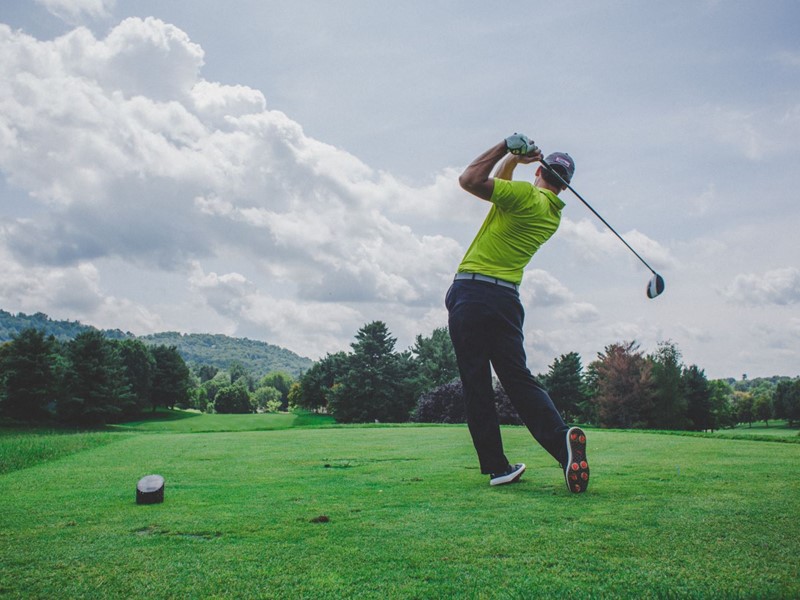Common Golf Injuries and Treatment

People say that golfing is a sport you can do at any age. While the sport isn’t as rigorous as some, even without being a contact sport, there are still many injuries you can develop while playing golf. If it is a sport you want to be playing throughout your life, be aware of the following injuries and the treatment to fix the issue.
Lower Back
As you rotate your lower back to admire your swing and see it through, you may be at risk of straining the muscles in your back. Muscles in your lower back become especially sore when they are being overused. Be sure to rest for a day or two if you feel that you may have injured your back while playing and use heat or ice, along with pain medication, to treat the injury yourself. If your back still hurts, take a break from golfing to allow the muscles to heal and begin stretching and continuing a low-impact workout plan.
Elbow
By repeatedly using your wrists and fingers to grip your clubs, you may be at risk for developing golfer’s elbow. Golfer’s elbow is a common term to describe the pain where your forearm tendons meet your elbow. The pain may cause symptoms of tenderness, stiffness, or numbness either gradually or suddenly. Use pain relievers if you begin to feel any of these symptoms and take a break from golfing.
Rotator Cuff
Pain in your shoulders can cause feelings of discomfort while you sleep, lift, or lower your arms. If you feel pain when rotating your shoulder, you may have accidentally torn your rotator cuff while golfing. Your rotator cuff is the group of muscles and tendons that surround your shoulder joint. Rotator cuff symptoms include pain in the shoulder along with weakness in the arms. If you experience any of these symptoms, take a break from golf until you see a sports medicine doctor. In golfers, a rotator cuff tear typically happens over time due to repetitive shoulder motions with stress on the muscles, tendons, and tissue in the shoulder. Take time between golfing trips to rest your shoulders to avoid future injuries.
Hip
As with most golf injuries, pain in your hips typically comes from overuse and stress on certain parts of the body. As you swing your club over and over, it puts pressure on the hip joint, especially if the swing is executed improperly. Take the time to properly learn to swing to avoid injuries. Even if you have been golfing for years, it’s wise to brush up on some swing techniques that will help protect you from injury. If you begin to feel pain in your hips after golfing, be sure to rest and recover by using ice, compression, and elevation to treat your hip. You might also consider implementing some hip-strengthening exercises into your workout routine. Stretching will be an important part of your recovery as well.
Knee
For golfers, using their knees for squatting, twisting, and walking is an essential part of the game. However, for those who have weak or injured knees, this constant movement can increase the stress and pain in your knees. Even for those who don’t have existing knee conditions, the constant force can cause torn ligaments, cartilage, and soft tissue damage. To prevent knee injuries, be sure to warm up your joints, drink plenty of water, and be aware of your body’s pain levels.
Although golf seems to be one of the safer sports activities, you may be surprised to learn how many injuries golfers are susceptible to. If you enjoy golfing, be aware of the injuries you may develop and see a doctor if any of the pain ensues. At a practice like Orthopedic Specialists of Idaho, we are fully aware of the injuries that golf causes and can help treat your injuries so you can get back to doing what you love.